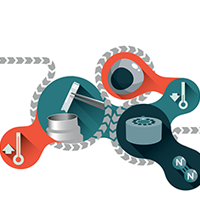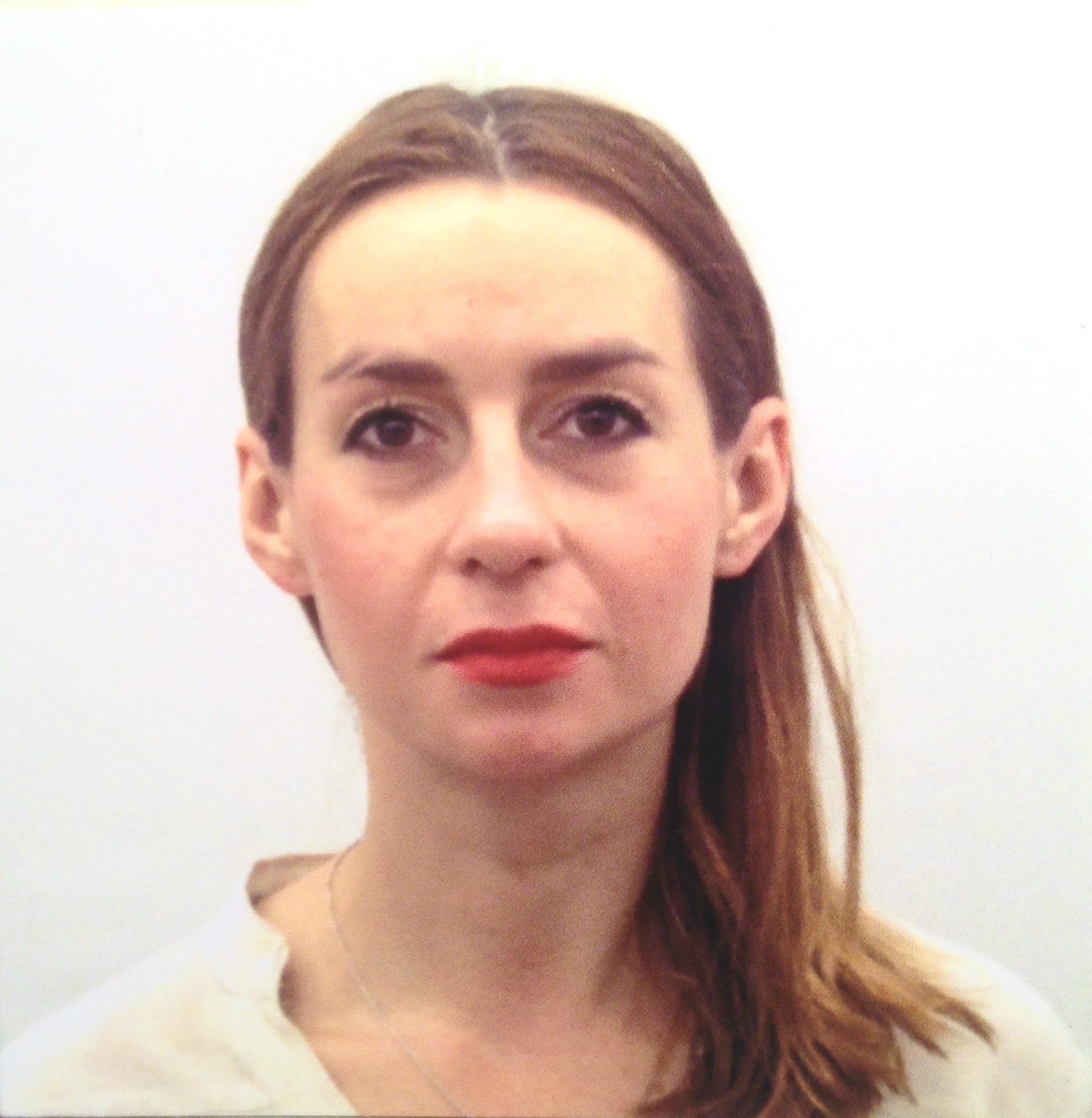Progress and challenges in the biopreservation of Tregs for clinical applications
Cell Gene Therapy Insights 2017; 3(5), 443-446.
10.18609/cgti.2017.051
Regulatory T cells (Tregs) are rapidly gaining prominence after promising clinical trial data. Can you provide some background on Treg cell therapy?
Tregs have the ability to regulate immune reactions and maintain self-tolerance attenuating autoimmunity, allergy, immunopathology and over-exuberant immune reaction. The discovery of Tregs has created a great interest in utlilizing their properties as therapeutic tool and in research of autoimmune disease, allergies, and transplant tolerance.
The original research that paved the way to discovery of Tregs was carried out in the seventies, but it wasn’t until the mid-1990s, when Prof. Sakaguchi from Kyoto University, Japan, identified that CD4+CD25+ T cells possess immunosuppressive properties.
With the discovery of Tregs, came the ambition to use them as a treatment due to their immunosuppressive properties and their ability to hamper the immune reaction in autoimmune conditions and in transplantation.
Since then, there has been several clinical trials conducted with Tregs. The first clinical trial was conducted in 2009 by Prof. Trzonkowski in Gdansk, Poland. Our team at the University of Chicago has collaborated with Prof. Trzonkowski to develop clinical-grade Treg isolation and expansion methods. In his first clinical trial, Tregs were applied in Graft-versus Host Disease (GvHD) – a condition in which donor’s cells after bone marrow transplantation, recognize recipient’s cells as foreign. Other institutions have tried to use Tregs in a similar setting. Currently, the number of clinical trials with Tregs in different diseases and conditions is continuously growing. Tregs have been applied in various immune diseases and in kidney and liver transplantation. This is just the beginning of Treg therapies, with much more to come in the medical field.
What are the major sources of Tregs and how are these cells stored for long-term use?
Most protocols aimed at achieving Tregs utilize the patient’s own peripheral blood as a source of these cells. Alternatively, umbilical cord blood (UCB) can be used, but so far only a minority of the patients have banked UCB.
A unit of whole blood can be drawn from the patient or the patient can undergo leukapheresis procedure. During leukapheresis only white blood cells are collected and erythrocytes are returned to donor’s circulation instead of being wasted.
The procedure of Treg isolation and expansion differs between institutions. The choice of source material of Tregs depends on the institution and their isolation/expansion protocol, and ability to perform leukapheresis. Some protocols use the immunomagnetic bead isolation method to isolate Tregs, while others use fluorescence activated cell sorting (FACS). Immunomagnetic bead isolation is a relatively simple method, but does not allow for the isolation of a highly pure Treg cell population as FACS. For the expansion of Tregs isolated with beads, rapamycin is commonly used to inhibit the proliferation of contaminating T effectors, however, it also affects the proliferation rate of Tregs. The bead method requires a higher number of Tregs just after isolation to compensate for the rapamycin effect and to achieve sufficient number of expanded cells for infusion.
When it comes to material storage, most of the protocols use fresh material. Of course when it comes to use of umbilical cord blood, material is frozen. The use of fresh material is complicated because of the logistic, but so far the knowledge on how cryopreservation may affect Treg cell population is limited, and use of fresh material is preferable.
What are the detrimental effects on freezing, thawing and other aspects of cryopreservation on functionality of Tregs?
As mentioned above, our knowledge on the cryopreservation impact on Tregs is limited.Based on a research investigating the effect of cryopreservation on Tregs in Peripheral Blood Mononuclear Cells (PBMCs), we know that the number and function of Tregs are affected after freezing/thawing of PBMCs. For example, it was shown that the expression of the receptors CCR5 and CD62L on Tregs decrease after PBMCs’ cryopreservation. These receptors play crucial role in Treg trafficking and lack of these receptors on Tregs in mice models compromises Treg suppressive capabilities.
We also saw, in one report from a clinical trial conducted by the University of Minnesota, with Treg application in GvHD that cryopreservation may affect Treg viability. In the first infusion they used fresh Tregs and in the second infusion they used frozen Tregs. After the second infusion with frozen Tregs, no increase of total Treg cell number was observed in contrast to the first infusion with fresh Tregs when total Treg cell number increased. That might be an indication that something is affecting the cells after infusion and that cryopreservation might have compromised Treg cell viability.
We also performed our own research aimed at designing a superior cell banking strategy that could be used for therapies with Tregs. We tested two strategies 1) cryopreservation of CD4+ cells for subsequent Treg isolation/expansion and 2) cryopreservation of ex-vivo expanded Tregs (CD4+CD25hiCD127lo/- cells). Firstly, we checked how cryopreservation affects cell viability and expression of characteristic Treg markers. Then, we performed Treg isolation/expansion with the final products release criteria testing for clinical application. We observed substantial decrease in cell recovery after thawing of the cells and after overnight culture. This observation might be explained by the high percentage of apoptotic cells found just after thawing. We also observed fluctuations in the expression of characteristic Treg cell markers. However, after the expansion, Treg regained their phenotype and expanded well.
What are some of the strategies being developed to improve Treg recovery after cryopreservation?
One way that we overcame the low recovery associated with high apoptotic rate was to stimulate cells and then expand them. Results showed that after a couple of days, they recovered (viability was >97%) and the phenotype was again stable (over 95% of cells were expressing the characteristic Treg phenotype) and they proliferated well, giving similar yield compared to the expansion of fresh Tregs.
We recommend, as one of the strategies for cell banking in Treg therapies, that instead of infusing Tregs just after thawing, where there is a high rate of apoptotic cells and instability of Treg markers, they should be stimulated and expanded again before infusing back into the patient. Another strategy is to cryopreserve pre-enriched cells if there is an excess of cells during isolation step.
What are the key challenges around biopreservation that need to be overcome to enable successful commercialization of Treg cell therapies?
Firstly, as mentioned before, our knowledge of the cryopreservation on Tregs is still limited and conducting more research on the impact of cryopreservation on Treg functionality is essential. Furthermore there is a need to develop more robust methods of Treg cryopreservation and thawing, which are compliant with cGMP regulations, that would allow for efficient cell banking for therapies with Tregs.
What are the additional areas of active investigation in Treg therapy and how do you see the field emerging in the next 5 to 10 years?
Treg application as a therapy is still at its beginning stage, we still do not know: how many cells should be infused, when they should be infused, the proper dose, what is really going on with these cells after infusion in patients. All these questions have to be answered to really establish an effective therapy.
What is also problematic, is the fact that different groups are using different methods to isolate and expand Tregs, creating discrepancies in the description of the final product that is infused to the patient. The Treg cell population is heterogenic, as a result it is difficult to compare results, address the questions mentioned above, and draw conclusions from different trials if the characteristic of the final products are different. Therefore, there is a need to standardize the description of the final product.
There are also still many technical issues regarding manufacturing Tregs that need to be solved. Some of the methods used are not truly cGMP compliant: they don’t operate in a closed system, allow for use of all disposable materials to eliminate possibility of cross-contamination, etc. There is a need to elaborate robust, cGMP-compliant methods for Treg manufacturing.
Finally, there are a lot of regulatory roadblocks with respect to institutions’ approvals to initiate new trials with Tregs and unfortunately these trials and the Treg manufacturing process are costly.
Affiliation
Karolina Golab, Ph.D.
Pancreatic Islet and Regulatory T Cell Transplantation Research Lab; Manager, Department of Surgery, The University of Chicago
This work is licensed under a Creative Commons Attribution- NonCommercial – NoDerivatives 4.0 International License.


